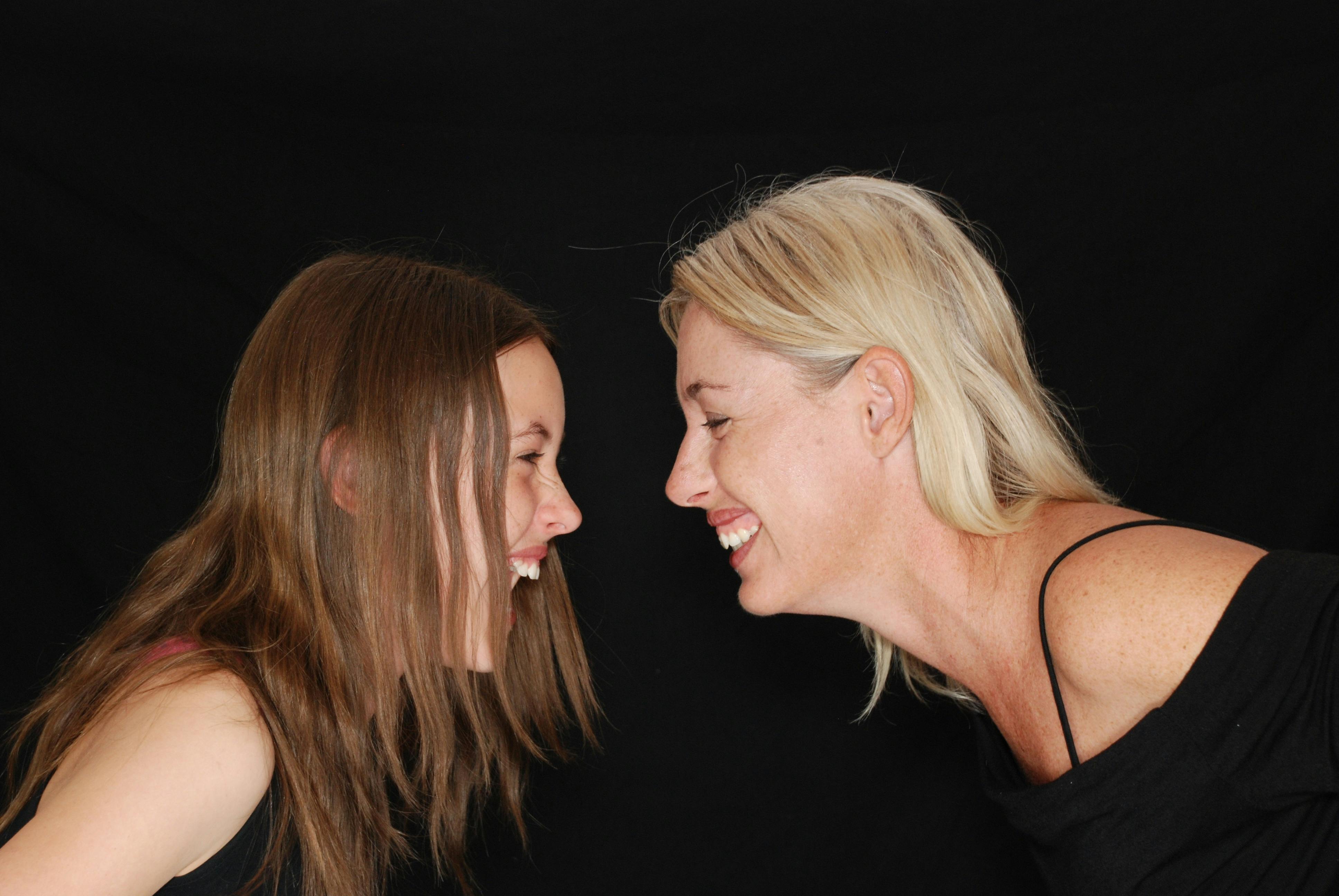Unveiling the Health Potential of Dance: An Underrated Wellness Strategy
Dance, an art form as old as human history, is more than just an expression of culture or a form of entertainment. It holds a treasure trove of health benefits that are often overlooked. In this article, we'll delve into the world of dance and its dramatic impact on physical, mental, and emotional well-being.

Dance has been a part of human culture since time immemorial. Cave paintings dating back to 30,000 B.C. depict figures in dance-like poses, suggesting its importance in communal gatherings and rituals. Yet, it is only in recent decades that science has begun to scratch the surface of dance’s potential as a holistic wellness strategy.
The Science of Dance as a Physical Health Booster
Scientific studies have shown dance to be a comprehensive form of exercise. It engages multiple muscle groups simultaneously, improving strength, flexibility, and balance. A study published in the New England Journal of Medicine even suggested that dance could reduce the risk of cardiovascular disease and help maintain healthy blood pressure levels.
Dance and Mental Health: The Mind-Body Connection
Dance is not just a physical activity; it’s a mental health booster. It has been shown to reduce stress, anxiety, and depression. Moreover, the memorization and coordination required in dance routines can enhance cognitive function and potentially slow the progression of diseases like Alzheimer’s.
Dance as a Social Wellness Practice
Dance is often a communal activity, which offers social benefits. It allows for connection with others, communication, and teamwork – all essential components of social wellness. Furthermore, it can foster a sense of belonging and community, contributing to overall mental well-being.
Delving Deeper: More Dance Benefits
- Dance can serve as a form of creative self-expression, boosting self-esteem and body image.
- It can improve posture and reduce the risk of osteoporosis due to its weight-bearing nature.
- Dance may boost mood by increasing the levels of the brain’s “feel-good” chemicals, serotonin and dopamine.
- It can facilitate better sleep, which is crucial for overall health and well-being.
In summary, dance offers an array of health benefits, serving as a holistic wellness strategy that encompasses physical, mental, and social aspects of health. As a form of exercise, it enhances strength, flexibility, and cardiovascular health. It supports mental well-being by reducing stress and boosting cognitive function. It even offers social benefits, fostering a sense of community and belonging. So, why not put on your dancing shoes and embrace the rhythm for a healthier, happier you? Dance, it seems, truly is a manifestation of the phrase ‘health in motion.’





